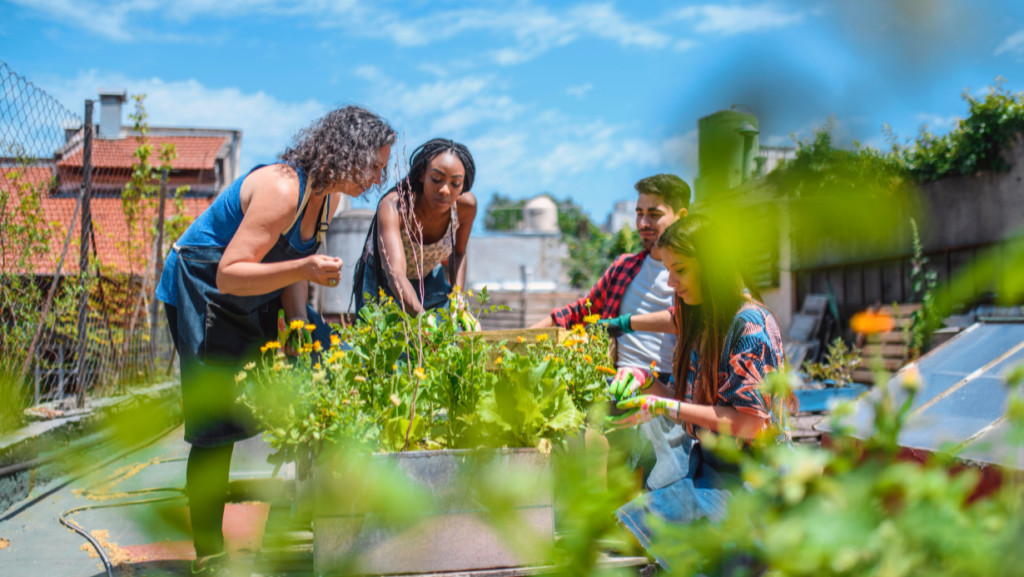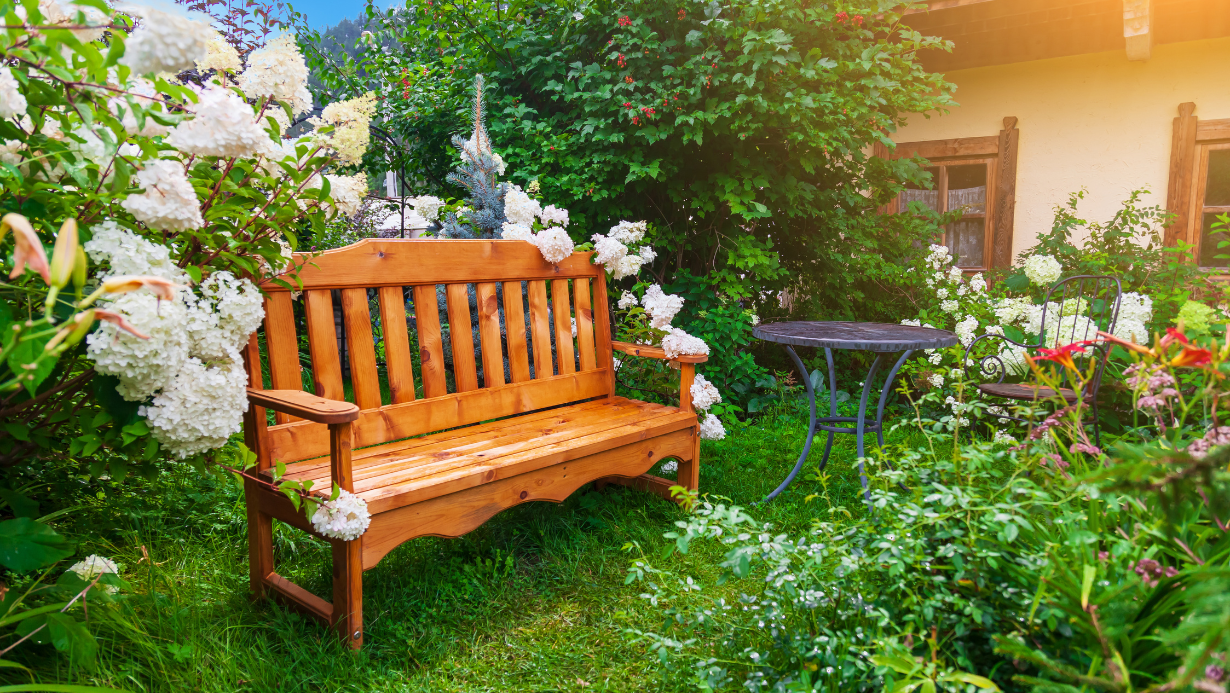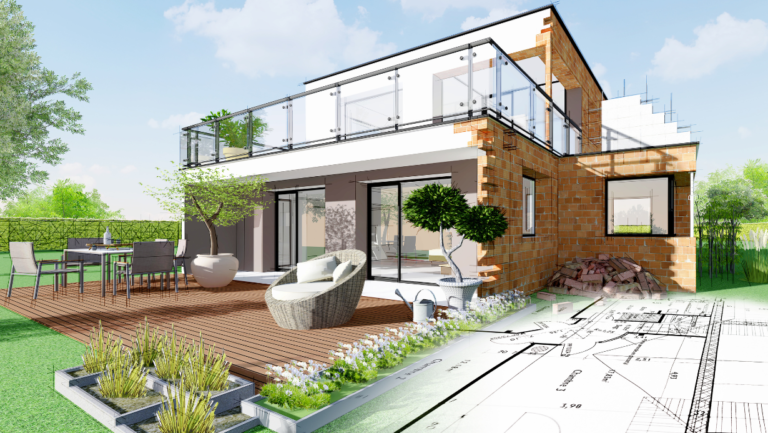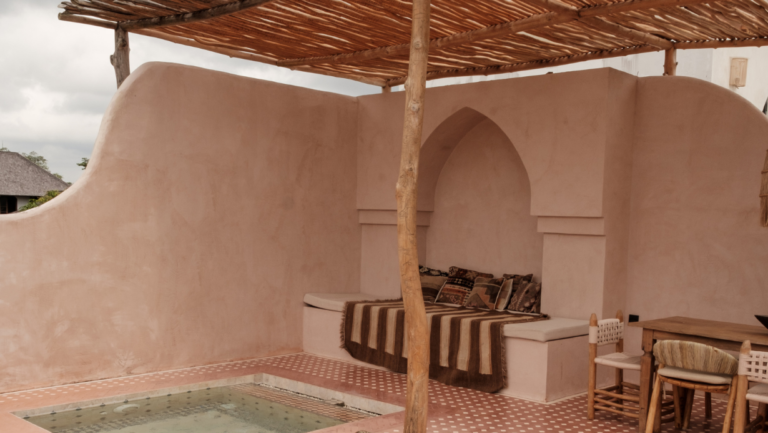A well-designed space can shape the way people live, work, and connect with others. Imagine a community of the future—one that seamlessly integrates residential living, remote work, nature, and sustainability. This is the vision that Voxelrama is developing: a self-sustaining, eco-friendly community that improves health, fosters collaboration, and provides a blueprint for better living worldwide.
Here’s how this revolutionary design concept comes together.
1. Start with a Clear Vision and Purpose
Every great design begins with a purpose. The idea behind this community is to create a space where people can live, work, and interact with nature harmoniously. This isn’t just about designing homes; it’s about rethinking how people connect with their environment.
Key questions help shape this vision:
- How can a residential community promote well-being and productivity?
- What design elements make collaboration easier and more natural?
- How can sustainable materials and technologies lower living costs while benefiting the environment?
Example: “When designing this community, we started with the simple idea that people need spaces that support both productivity and relaxation. Our goal is to integrate modern remote work solutions with ancient, environmentally sustainable building techniques to create a balanced way of living.”
2. Incorporate Sustainable Living and Smart Design
Sustainability is at the heart of this concept. The community is designed to reduce environmental impact while improving the quality of life for residents. Some of the features include:
- Permaculture-based vegetable and fruit gardens that provide food for residents and create beautiful, green spaces.
- Walkable parks that double as urban farms, offering fresh produce while encouraging outdoor activity.
- Energy-efficient buildings that use a combination of ancient architectural techniques fused with modern materials.
- Off-grid energy solutions, such as solar power, rainwater harvesting, thermal heating, and composting systems, to lower costs and promote self-sufficiency.
Example: “In ancient Americas and Africa, buildings were designed to stay cool without air conditioning. By blending these time-tested techniques with modern insulation and ventilation, we can create homes that use less energy while providing maximum comfort.”

3. Design Spaces That Encourage Collaboration and Connection
One of the biggest challenges in modern urban living is loneliness and disconnection. This design prioritizes shared spaces that bring people together.
The community includes:
- A central community house with a café, restaurant, library, and collaborative workspaces.
- Outdoor gathering areas that are part of the natural landscape, where people can meet, work, and relax.
- Flexible workspaces that support both private and shared working environments.
- A strong sense of community ownership, where residents actively participate in maintaining the shared spaces.
Example: “Many people who work remotely feel isolated. By creating a vibrant community center where people can work, dine, and interact, we make remote work more enjoyable and socially engaging.”
4. Use Timeless Building Techniques with a Modern Twist
The structural design of the homes and buildings incorporates the wisdom of ancient civilizations. Earthen walls, thick insulation, and strategic window placement help regulate temperature without needing excessive energy use.
Natural materials and smart design features ensure durability, comfort, and efficiency, including:
- Green roofs that absorb rainwater and provide insulation.
- Locally sourced, natural materials that reduce the environmental impact.
- Passive solar heating that keeps homes warm in the winter and cool in the summer.
Example: “By using techniques that were developed thousands of years ago—before modern air conditioning—we can create a comfortable, sustainable living environment that doesn’t rely on expensive energy solutions.”
5. Build for Adaptability and Future Growth
A truly innovative community is flexible and designed for growth. The design allows for expansion based on the needs of its residents.
- Modular housing that can be adjusted or expanded as families grow.
- A flexible energy grid that supports individual homes going off-grid if desired.
- Shared transportation solutions like community electric bikes and solar-powered chargers at parking stations for electric vehicles.
Example: “Rather than designing a fixed neighborhood, we are creating a living system that can evolve. This allows the community to remain innovative and relevant for decades.”
Conclusion
This is more than just a housing project; it’s a new way of living—one that integrates sustainability, remote work, and social connection. By combining ancient wisdom with modern technology, this self-sufficient, eco-conscious community offers a model that can improve lives worldwide.
QUESTION
Would you want to live in a place like this? How do you think communities can be designed to foster better well-being?
Read answers to our Frequently Asked Questions (FAQ) from clients on this link.
Book Your Free Zoom Call Now…CLICK HERE




